Vinyl plank flooring installation is a fun DIY project that you can do yourself without having to hire a flooring contractor. Not only does it give you the bragging rights of telling everyone that you installed your own flooring, but it’s also a great way to learn the ropes when it comes to flooring installation, underlayment, and the art of how to install vinyl plank flooring in a staggered pattern. Knowing your way around flooring opens up a whole new world of possibilities, as you can then work on some outdoor flooring ideas, such as a DIY deck in the backyard.
Vinyl plank flooring installation still has its difficulties as there are plenty of nuances you need to consider before installation. With the right motivation and handy skills, it is very much possible to lay vinyl flooring in a small room within a handful of hours.
Planning
Planning encompasses all the different pre-installation measurements that should be taken before installing the flooring. The measurements have to be as accurate as possible, as any small error in your calculations could lead to an uneven surface, loose boards, and even weak plank fastening.
Step 1. Measuring room dimensions is the best place to start. Use a tape measure and a carpenter’s corner to get the exact measurements of the wall base (including the threshold of the door). Use the corner ruler to measure the angles of the room, as, believe it or not, not all rooms are entirely straight.
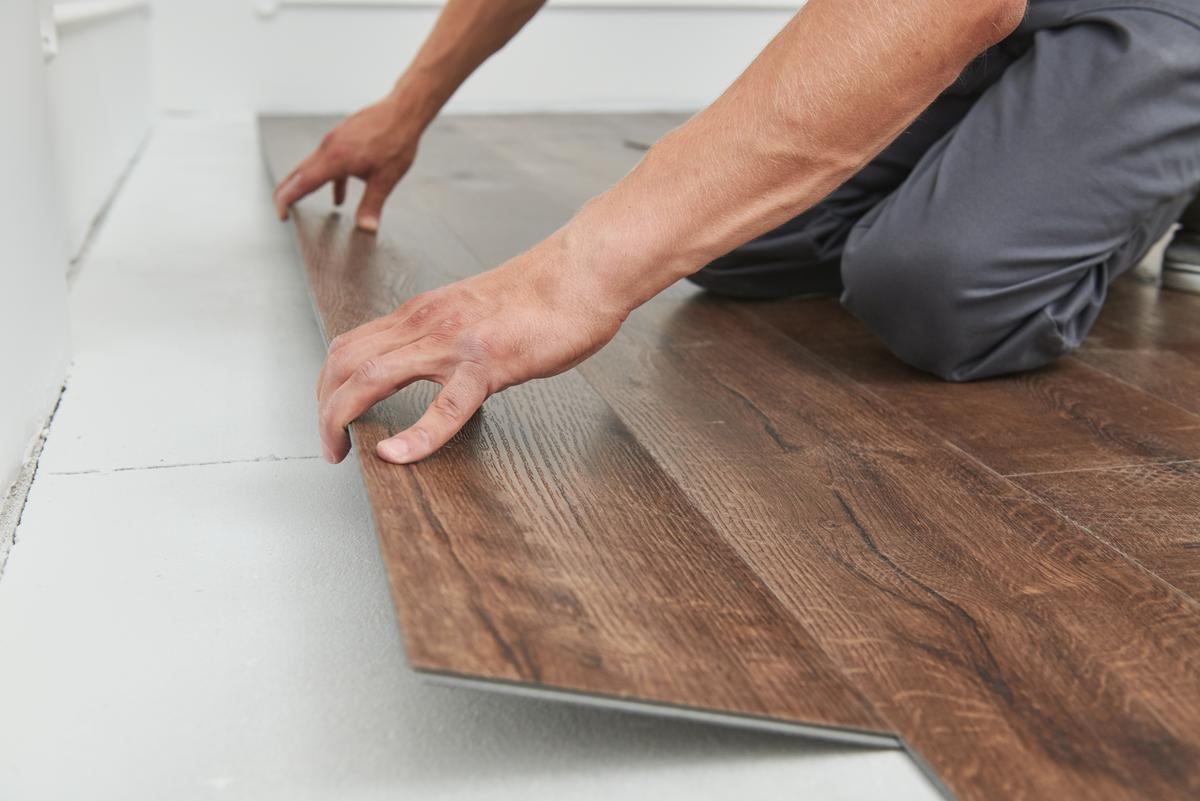

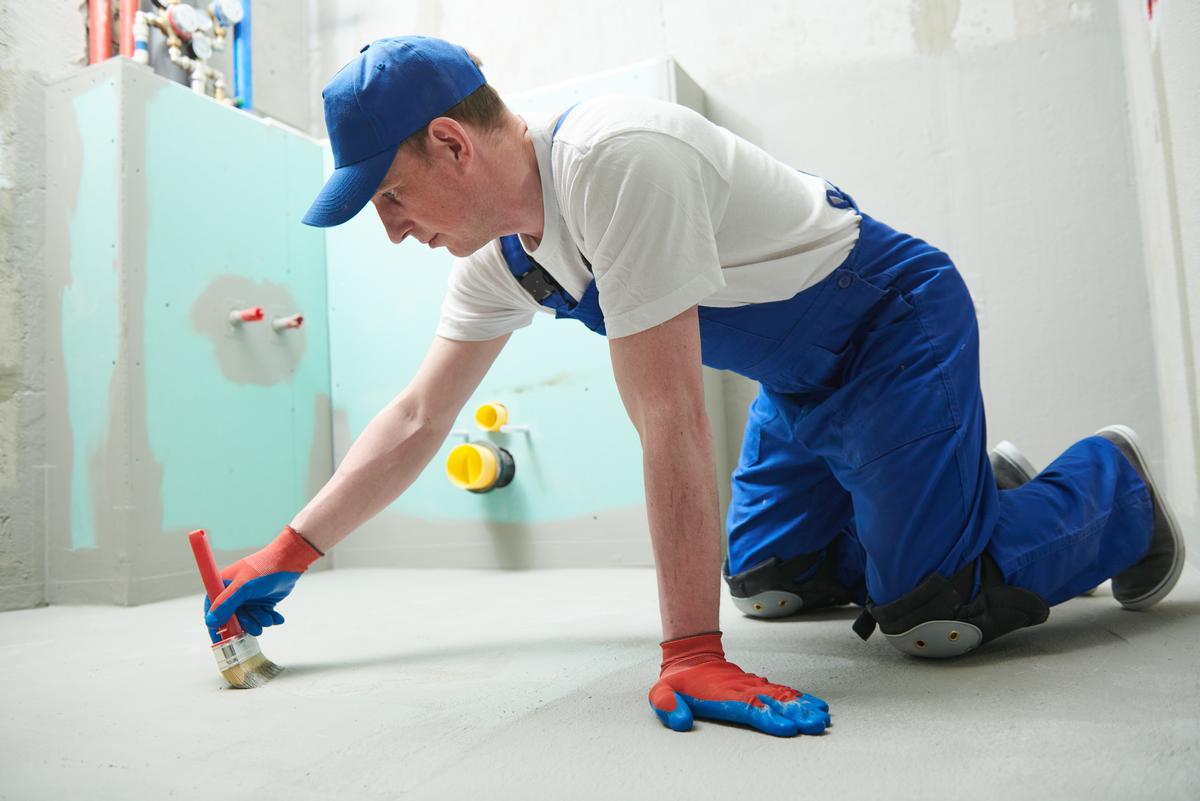
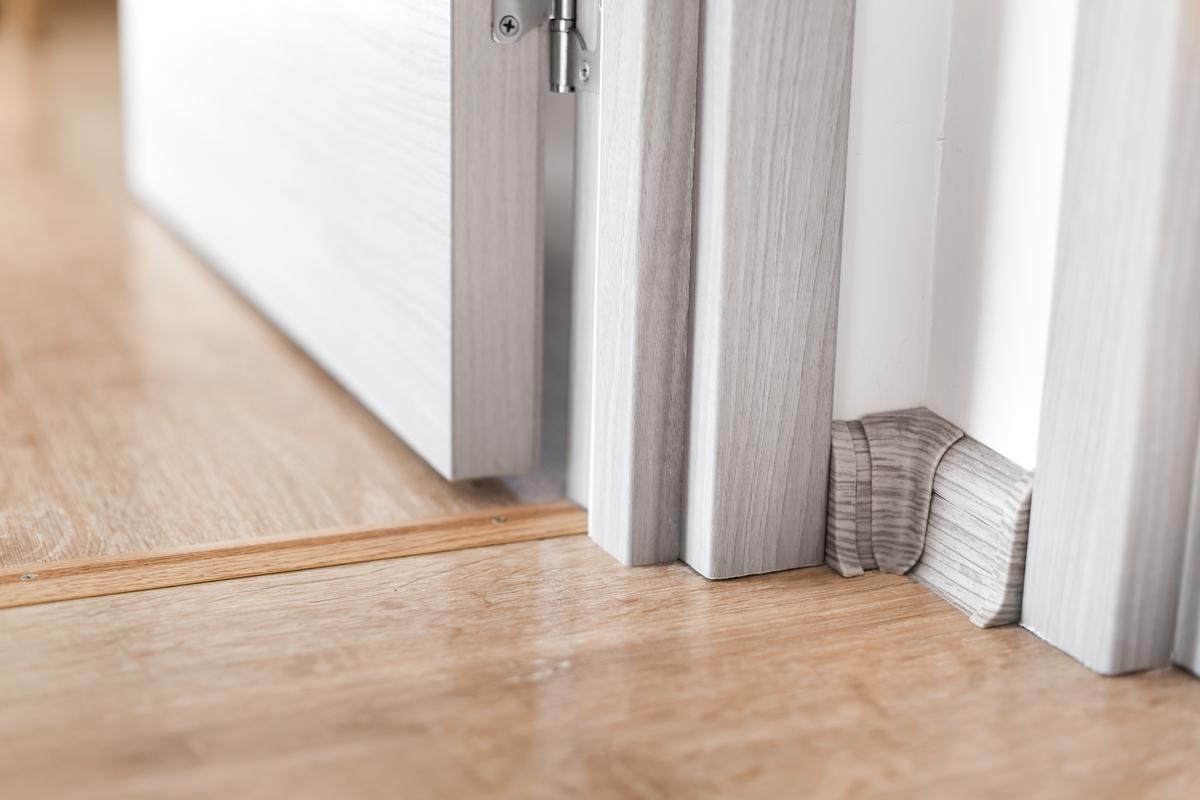
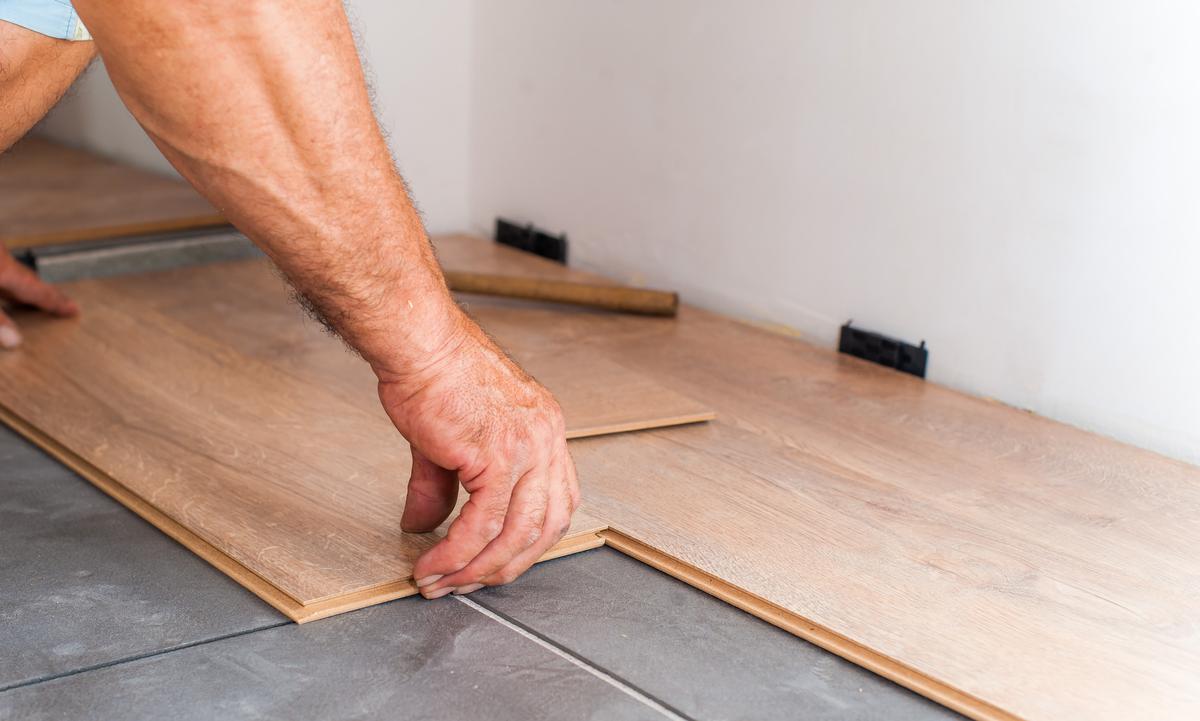
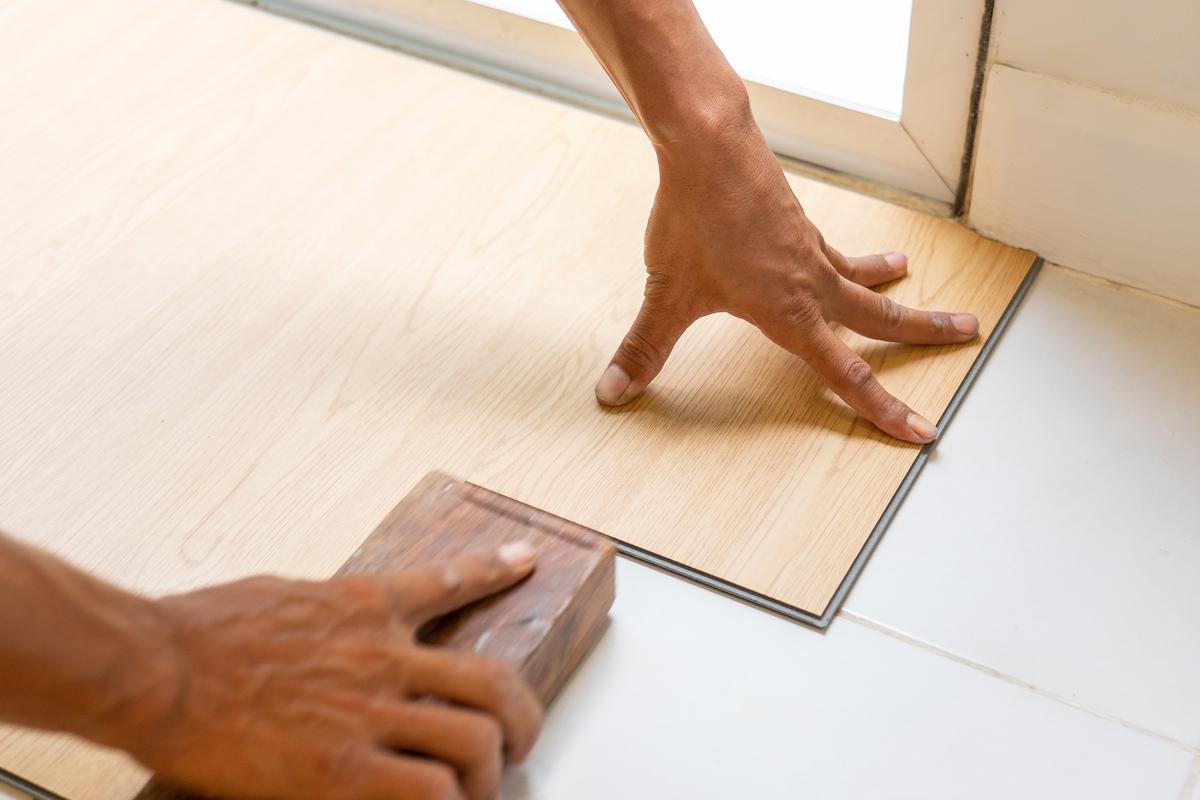
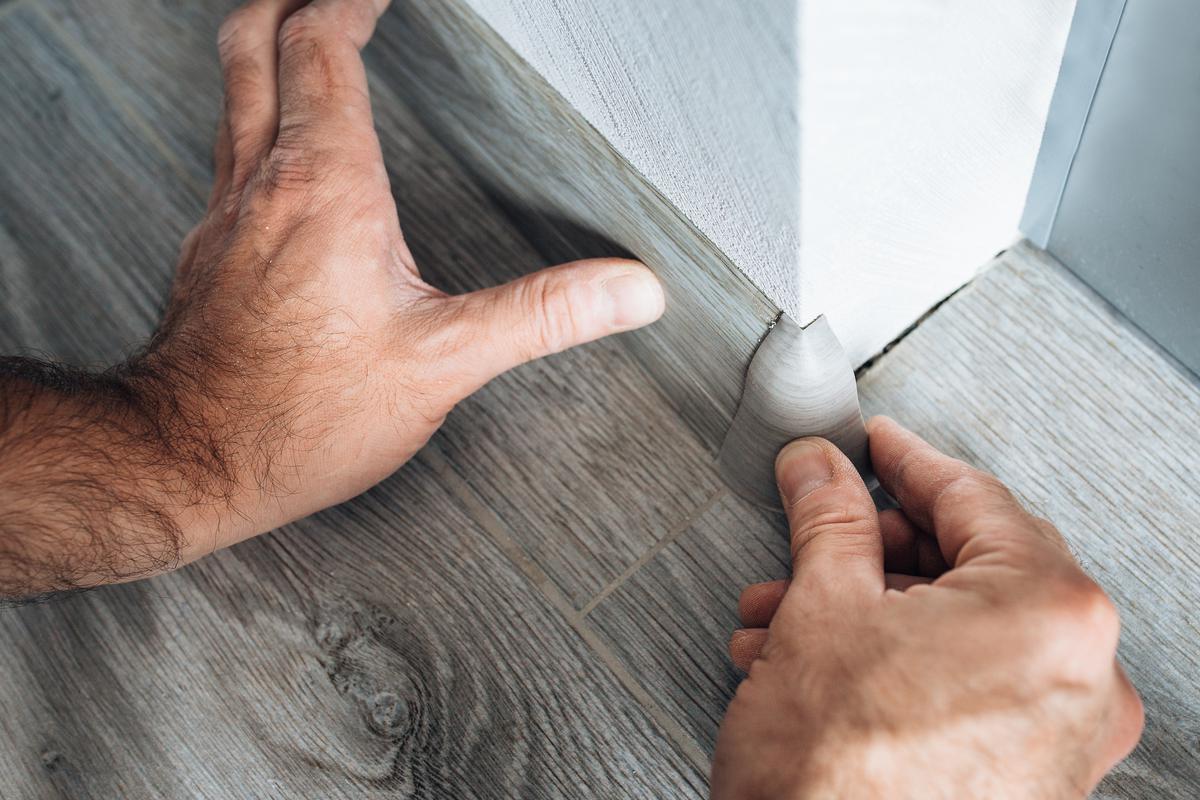





comments